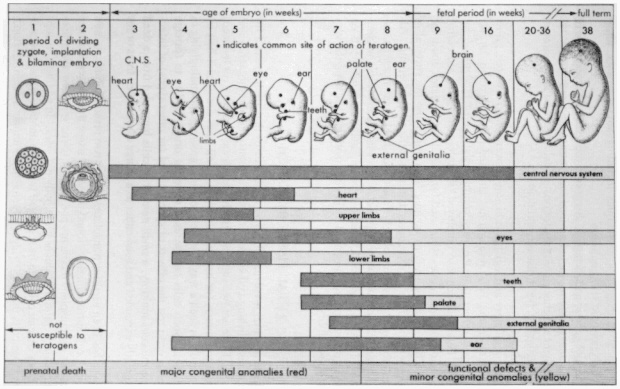The Developing Brain Laboratory is located at the University of California Irvine, and in association with Public Health, IISBR, FIBRE, and CNLM.
The Developing Brain Lab at UCI aims to expand current biomedical and neurodevelopmental research in human pediatric populations through novel application of public health conceptual models and research strategies to research questions historically examined solely on the level of the individual . To achieve this, we utilize non-invasive biomarker methods to measure the health of physiological systems underlying brain-body connections in children, adolescents and adults. We study all topics maternal and child health, yet with a heavy focus on our world’s most prevalent pervasive developmental disorder: Fetal Alcohol Spectrum Disorder (FASD). Our research examines: 1) how teratogenicity of prenatal exposures to alcohol and co-occurring substances may intersect established factors that drive Social Determinants of Health (SDoH); 2) lasting alterations in neurophysiological systems following perinatal exposures, particularly neuroendocrine regulation; 3) how we can best intervene upon neurophysiological systems to optimize health outcomes for those impacted by FASD and other prenatal exposures; and 4) how far the FASD spectrum really is by examining neurophysiological outcomes among children and adolescents who have prenatal substance exposure but did not develop a diagnosable FASD. We examine multiple outcomes, including neuroendocrine function, mental health, cognitive function, behavioral regulation, and physiological challenges (sleep, cardiovascular, birth weight, etc.) . The guiding aim of our research program is to improve health for those living with Fetal Alcohol Spectrum Disorder, specifically by applying biomarker science to improve our ability to diagnosis & evaluate interventions for FASD.
The biomarker methodologies we employ are non-invasive and include, but are not limited to, salivary bioscience, multi-modal brain magnetic resonance imaging (MRI), and physician and developmental health records. We compare populations across low to high income communities and countries to accelerate our understanding of how Social Determinants of Health factors interact with teratogenicity, or the potential to harm, of prenatal substance exposure.
Moore, K.L., The Developing Human: Clinically Oriented Embryology, Third Edition, Philadelphia, W. B. Saunders Company, 1982

